

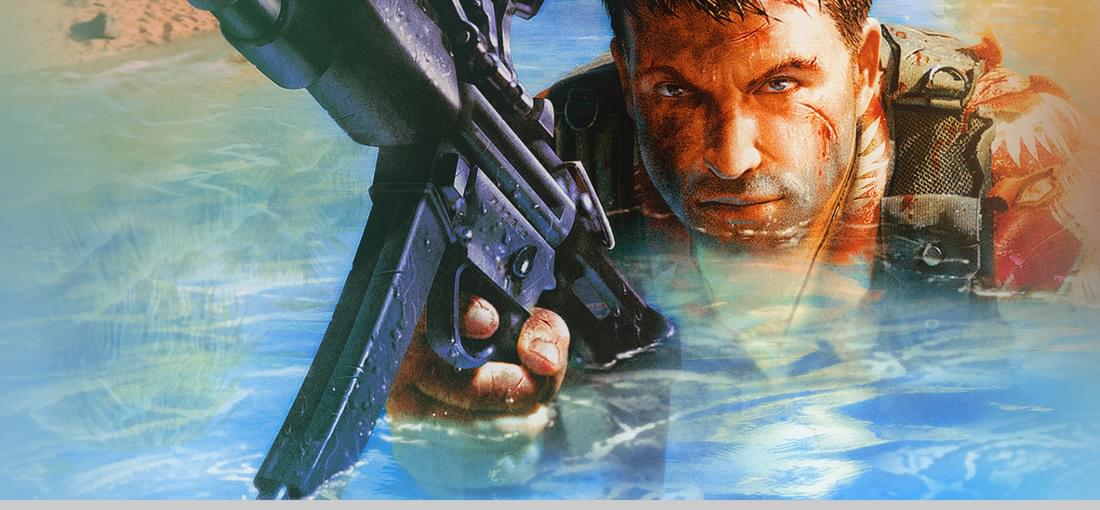
For the most part, Far Cry is a magnificent experience, only marred by a few inconsistencies in design philosophy. For the most part, this is a game about cat-and-mouse stalking through beautifully rendered jungles, and planning out your own unique approaches to objectives. However, there are a good number of moments where the game forgets this, and has you gunning through linear corridors or forces you into mandatory frustrating gunbattles. Still, when Far Cry works, it REALLY works, and manages to craft a compelling and memorable shooting experience. gameplay-wise, Far Cry is most famous for its emphasis on sandbox play, giving multiple ways to approach any given objective. Although this isn't really anything too unusual now (and wasn't even at the time), the way Crytek does this style of gameplay feels very good. Like in its successor Crysis, Far Cry really makes you FEEL like you have complete freedom, not just like you're choosing from a pre-defined list of solutions. But one other aspect that sets Far Cry apart from other sandbox games is that your character is NOT an all powerful force capable of executing any wild plan you happen to concoct. Blasting through an enemy camp with a machinegun is certainly a viable solution, but you'll find that using stealth in some capacity gives far better results. The more memorable parts of Far Cry are its deadly games of hide and seek, as surprisingly intelligent enemies work together to try and hunt you down in the game's dense jungles. Unfortunately, the firefights take place inside military bunkers and caverns as often as they do outside, and you'll find these levels to be significantly less engaging, and much more frustrating. Toward later parts of the game, you'll find that the intelligent AI and unforgiving damage are more of a frustration than a challenge. Graphically, Far Cry is beautiful. There's no other word for it. Although some textures show their age and the environments are disappointingly indestructible, there are enough sophisticated effects (including some limited dynamic lighting, god rays, light bloom, and texture detailing) and impressive vistas in this game to satisfy even the most curmudgeony of modern gamers. Story-wise, however, Far Cry is awful. The overarching plot is generic and unengaging, and apart from a fairly predictable twist near the end it doesn't really have anything in the way of momentum. On top of that, the scripting of cutscenes and character "banter" could have come straight from a bad SyFy channel movie. Voice acting isn't too bad--everything is enunciated properly, which is more than can be said for some titles--but neither is it very special. But in the grand scheme of things, this is not a game you play for its plot. This is a game you play for its unique and immersive style of FPS gameplay. And while it can be fairly hit-or-miss toward the later half of the game, Far Cry is overall a great experience that will provide you with a lot of entertainment for your $10.
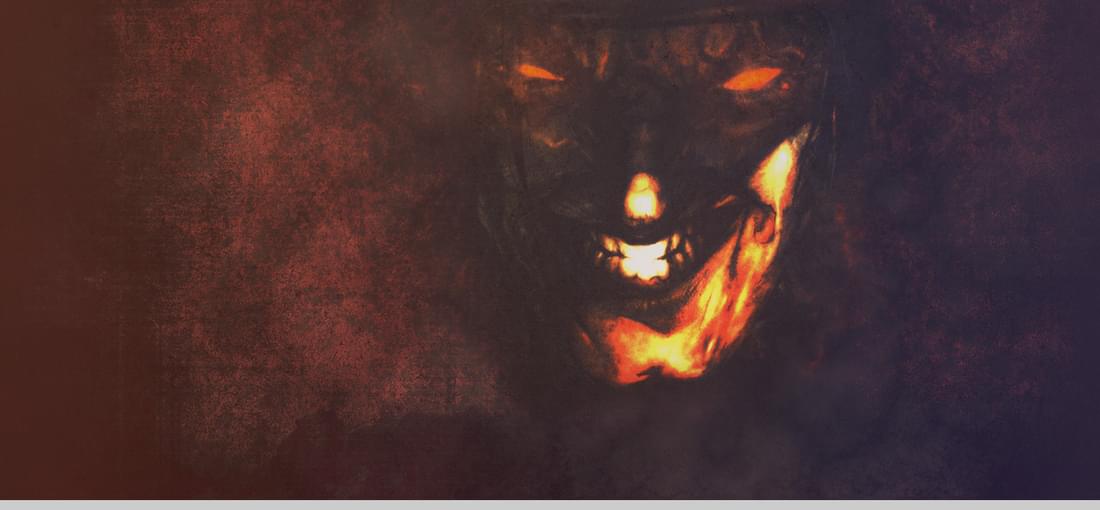
Blood 2 is a mess. It really is. There's some fun in here, but it's buried beneath layers and layers of bad, uninspired design. Essentially take Shogo, sloppiness glitches and all, set it in a dark dreary world (with no options for adjusting brightness), add a ton more weapons of varying degrees of usefulness, and suck out all the quirky charm and endearing earnestness. That's basically Blood 2 in a nutshell. It's not impossible to get enjoyment out of the game, but it's unlikely that anyone but the most diehard Blood/Monolith fans will be willing to put in the necessary work. The basic combat of Blood 2 isn't too awful, but it has many of the same issues that Shogo struggled with. Although you can take more hits than in that game, enemies will still immediately unload on you as you round corners or open doors, with nearly unerring accuracy. This wouldn't be too much of a problem, except that the game's placement of health is atrocious. If this were Doom, and the amount of damage you took was directly related to your skill, it wouldn't be a huge problem. But considering that it's nearly impossible NOT to lose a certain amount of health when facing armed opponents, Blood 2's lack of healthpacks is a pretty frustrating issue. Worse yet, the firefights in Blood 2 don't even feel very good. They're incredibly simplistic, and lack any sense of weight or kinetic impact. Their simplicity could have given the game a sort of base-level "dumb fun" appeal, but the previously-mentioned issues keep it from being anything but a drag. It's hard to believe that these are the same people who went on to craft the brutal, dynamic firefights of FEAR. The one high point of the gameplay is the number of over-the-top weapons you get to play around with, which range from simple pistols and machineguns to voodoo dolls and occult staffs. Not all the weapons are as useful as others (in fact many are pretty much useless), but it's nice that there are so many to play with. The graphics of Blood 2 aren't quite as bad as those in Shogo. Nothing magnificent, but the art style is passable and the Lithtech engine looks about as good as other engines of the time. The only major complaint I have about the visuals is that you can't adjust the brightness level of the game. That's right... a game set primarily in dark dismal locales that doesn't let you adjust the brightness level. As you might expect, this means that you either have to deal with frequent pitch black areas or adjust your monitor settings every time you play the game. Even for 1998, this is unacceptable. Just about every other aspect of the game is fairly unremarkable. The story isn't anything special, the controls are passable but not noticeably good, the levels are as confusing as you'd expect from a late 90s FPS, and the sound effects (with the exception of some of Caleb's one-liners) are cookie-cutter. In fact, "cookie cutter" describes Blood 2 as a whole very well. The only things about it that stand out are the flaws. There is literally nothing here that hasn't been done better in another FPS (not the least being the original Blood). My suggestion would be to pick this one up only if you're completely out of other games to play, and just figure on using cheats and playing around with the weapons for awhile (and bind "taunt" to a handy button so you can hear Caleb's one-liners).
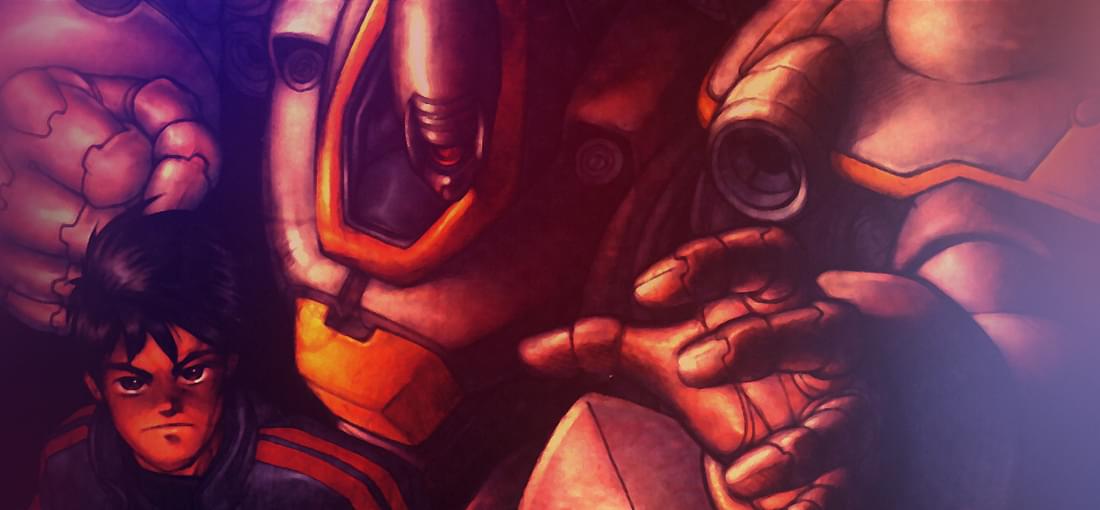
Shogo: Mobile Armor Division is, to be quite honest, a really awful game. There are a myriad of bugs, including one that keeps you from going through certain open doors, requiring no-clip mode to be used. The on-foot combat (more than half the game) is unfair to the point of being nearly unplayable in some parts--I've had a single low-level enemy take out half my health with a single shot. The story is passable at best, and dissolves into an anticlimactic "pppppptthhh" at the end. And let's not even get into the horrid character models and bland environments. So...why 4 stars? Well, because this is just one of those games that somehow WORKS. I mean, not a single level goes by without some sort of glaring flaw revealing its ugly head, and I found myself quitting in frustration more than once. But there's a certain magnetic quality to Shogo that kept me coming back for more. Rampaging through the streets in a giant mech ends up being a ton of fun, especially when explosions are this over-the-top. The on-foot combat can also be entertaining, once you reconcile yourself to the enemies who can shoot through doors and take out most of your health before you've even seen them (at least their deaths are satisfyingly gory). And most of all, the game's wacky sense of humor and funny dialogue proved to be consistently chuckle-worthy. Actually, I think that the best part of Shogo was actually its end credits, which feature a "Don't Press the Button"-esque routine near the end (and also give credits for QA, although I have a hard time believing that Shogo could possibly have passed QA). Basically, despite its innumerable flaws, Shogo really is worth owning. It worms its way into your heart. Like that puppy that keeps peeing on the carpet, it's bad but you can't help but love it.
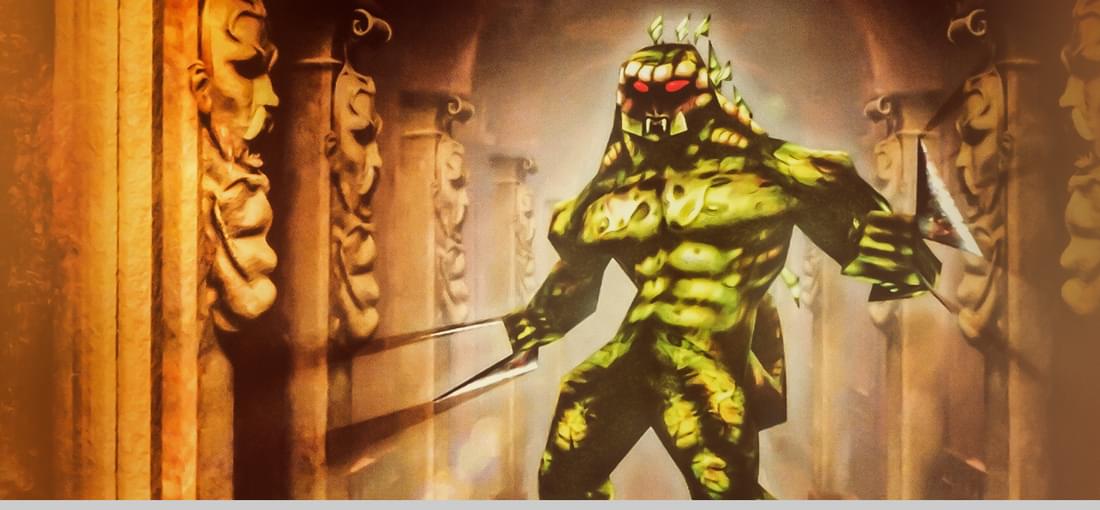

Unreal is just...well...GOOD. It's one of those games that may not do everything perfectly, but does everything with such personality and uniqueness that it's impossible to resist. It's atmospheric, it's fun, it's memorable, and it's consistently engaging from start to finish. The overall gameplay for Unreal is kind of a strange "witches brew" of different elements. First and foremost, it's an action shooter. But instead of throwing tons of foes at you at once a la Doom, Unreal focuses on small-scale encounters with a few intelligent enemies. As a result, most firefights are just that--firefights. You and and your foe are both firing rapidly and doing your best to dodge the other's shots. Clever AI, creative weapons, and precise controls make each of these encounters a joy to experience, and by the end of the game you'll find that fighting 4 or 5 Skaarj at the same time is just as intense as mowing down legions of Imps in Doom. Secondly, Unreal is a game about exploration. The world of Na Pali is beautiful, dark, immersive, and detailed. Just looking around and taking in the sights is just as engaging as shooting alien creatures, and a good number of the levels provide alternate paths and secret areas to discover (I played through one level twice and found a different way through it both times). This leads me to discussion about the game's visuals, which are fantastic. The art style merges bright vivid colors with an overall dark tone, and the result is a dreary world that is still lush and vibrant. The Unreal Engine itself is, of course, outdated. But it has aged incredibly well. Its lighting still looks great, and some of the texture detailing rivals current-gen titles. Story-wise, Unreal is pretty simple, and that's a good thing. The main plot progresses mostly through your own observations and experiences, and data logs and alien writings flesh it out with backstory and some self-contained mini-plots. The story itself isn't anything terribly special (you're a prisoner who's transport crashes on an alien planet, and in the process of escaping you inadvertently fulfill some ancient prophecy), but it's told in a very subtle, very well-done way. Sound-wise, Unreal is great. You're not going to get the sort of fidelity you'd expect from a modern title, but all the guns have their own appropriate blasting sound, all the environmental noises fit in well, and nothing sounds canned or taken from anywhere else. The music, however... well, the music deserves special mention. Composed by the same guy who did the score for Deus Ex, Unreal's music is fantastic, and highly memorable. Now, along with the original game, Unreal also includes the expansion pack Escape from Na Pali. And it's... well... flawed. Some of the levels are quite cool, and the added dinosaur-esque enemies that will run off and wait to ambush you are really cool to fight. But there are a few major issues that make it significantly less enjoyable than the original game. For one thing...why why WHY did Epic feel the need to add before-level narratives?? The writing isn't bad, and the scripting isn't bad, and technically they can be skipped... but their mere presence nearly kills the sense of immersion and solitude that the original game did such a good job of fostering. There are also some bits of sloppy design and poor level design, neither of which was present in the original game. And worst of all, one extended shootout about halfway through is so incredibly frustrating and not fun that you'll wonder how the same developers could have created it. During this segment, you fight a whole squad of humans armed with machineguns and rocket launchers. And it is nigh impossible to defeat them, since they can accurately hit and track you from any distance, and will actively hunt you down. This segment plays out far more like something out of Blood 2 than the smooth, polished firefights in the rest of the game. It was almost enough to convince me to stop playing. Overall, however, Unreal Gold is a fantastic buy. The original game is just as good as Doom or Halflife, and while the expansion has its flaws, it still provides more Unreal goodness. If you like exploring awesome worlds and engaging in fun shootouts using creative weapondry, Unreal is for you.
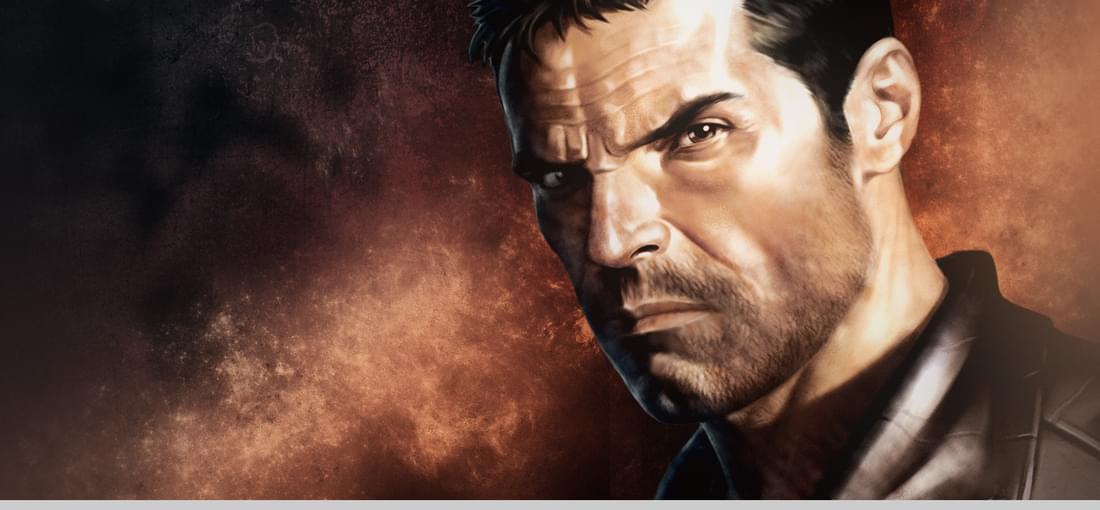
There are sadly very few modern shooters that provide the sort of "mob shooting" experience that Doom and Quake perfected back in the 90s, and even fewer that do it well. In fact, this tiny subgenre is basically dominated by two figures: the Serious Sam series, and Painkiller. And in my opinion, although the Serious Sam games are great in their own right, Painkiller is the king. It takes everything that Doom and Quake did well, adds a few tricks of its own, paints it all over with modern polish and immersion, then sprinkles a pinch of outrageous gore and giddy depravity on the top. In essence, Painkiller's gameplay isn't too different from Serious Sam's. You make your way through linear levels populated with foes that attempt to destroy you with their superior numbers and power, not their intelligence. When confronted by said foes, your job is to dispatch them with the arsenal of over-the-top weapons at your disposal. So it's a game about adrenaline-laden combat, and lots of it. However, there are two main ways that Painkiller's combat differs from that in Croteam's classic. First, where Serious Sam put a huge focus on controlling specific enemies with the exact right weapon and strategy, Painkiller is a little more like a playground. Its weapons are surprisingly creative and versatile, and most enemies can be taken out effectively with any one of them. Battles feel far less strategic and far more visceral... a feeling that is aided by magnificently over-the-top gore and a plethora of physics objects. Of course, this is not to say that the game is easy, or that no strategy or thought is required. many small factors come into play during battles, and adapting to situations quickly and planning your use of powerups and "tarot cards" (which can be collected and customized by fulfilling certain challenges in each level) is key on higher difficulties. The second way that Painkiller differs from Serious Sam is in its variety. Serious Sam's combat was undeniably fun and well-made, but for the most part it consisted of huge arenas with waves of enemies spawning in. Most of the firefights felt about the same. Painkiller does a little bit better job of adding some variety into the equation. Some levels will find you chopping apart hordes of melee opponents with your trusty bladed weapon (the titular "Painkiller"). Some levels find you engaged in indoor firefights with well-armed foes. Other levels take place in huge industrial yards or ethereal islands, and find you gracefully arcing stakes into long-distance baddies. Each Painkiller level has its own distinct feel, but each still manages to keep its cohesion with the rest of the game. And speaking of levels, Painkiller's levels are incredible. There's no other word for them. Functionally, they do a good job of providing perfectly-sized arenas for battle, neither too large or too small in any given situation. Visually...ahh, visually. These are quite simply some of the most beautiful locations ever rendered in a videogame, and I do not say that lightly. From horrific crypts and insane asylums to ethereal islands and lonely abandoned factories, each level is surreal and evocative, and immensely atmospheric. I have never had a videogame create this kind of emotional response from me with its level design s ALONE. Some of them felt like they came from...well...a half remembered dream. Now the story is...ehh, screw it. Nobody cares about the story, and nobody SHOULD care about the story. This is NOT a game you play for its story. So forget it has one, because you're better off that way (i.e: the story is crap). Visually, Painkiller looks great. The art, as I already alluded to, is some of the best out there. The amount of detail put into enemies alone is staggering. And the engine itself, while its lack of certain features does show its age, ranks with the Serious Engine, Source, and the original Unreal Engine, in that it has aged VERY VERY WELL. Now, Painkiller Black Edition also comes with the game's expansion pack. And...well, it's fine. There's really nothing wrong with it. I felt that it didn't successfully walk the line between humor and horror as well as the original game did (both levels and enemies are more over-the-top than in the original), and the added weapons don't really add as much to the gameplay as I would have liked, but those are all really minor complaints. I know a lot of people say this about various games, but Painkiller really is a steal at $10. There's a lot of content here, and all of it is an absolute blast that you'll find yourself replaying long after it should have gotten boring. Like the games it takes inspiration from, Painkiller just never gets old. Buy it, play it, love it.
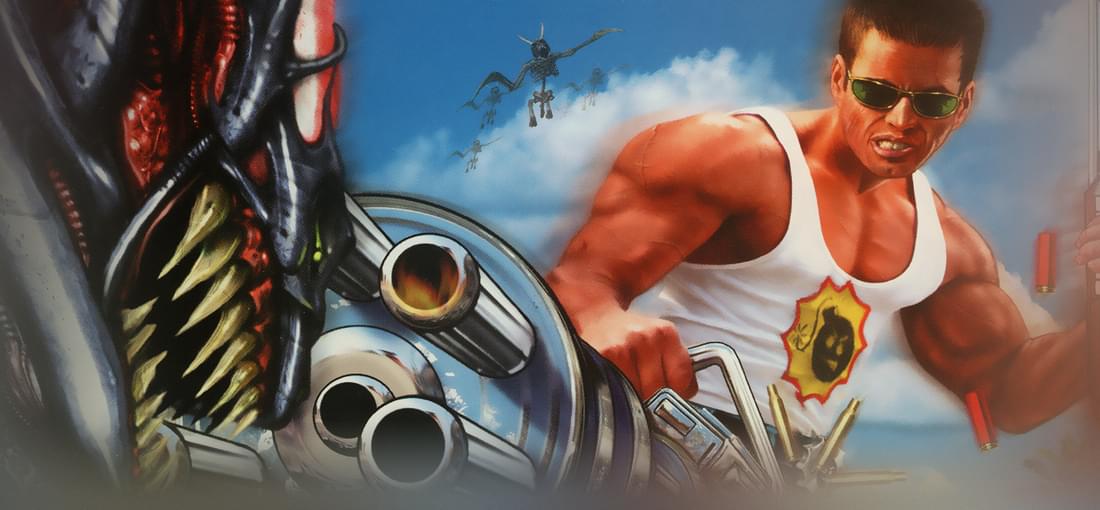
Serious Sam: The First Encounter is a really, really good game. It's not incredible--it won't knock your socks off with its innovations or its deep storytelling. But it does provide tight strategic action, beautiful arenas to do battle in, a healthy dose of charmingly stupid humor, and an overall atmosphere of lighthearted fun and personality. Is it Doom? No. Is it Painkiller? No. But it is a very worthy entry in the "mob shooter" genre, and well worth your time and money. Basically, you play Serious Sam for one reason, and one reason only: to shoot hordes upon hordes of baddies in gigantic well-realized environments. The game's combat is more strategic and less visceral than that of Painkiller. Each weapon has a specific use, and smart management of these weapons during firefights (as well as mastery of circle strafing) is required to survive the hundreds of foes you have coming at you at one time. The encounters themselves aren't as varied as one might like, but they're soild enough that they remain entertaining throughout the entire game. Visually, this game was and still is a joy to look at. The Serious Engine renders massive environments with highly detailed textures and fills them with enemies and effects, and does so incredibly efficiently. Any computer will run this game fine, even if you're using an onboard videocard (such as a laptop). Like the gameplay, the art style is very well-done, but repetitive. The entire game takes place in various Egyption temples and cities, and although it does a fantastic job of varying things within this framework, sandy walls and dunes feel a little old by the end. Apart from the single player campaign, Serious Sam also features various competitive multiplayer modes as well as online co-op. But although the co-op portion still has a few servers running, the multiplayer is unfortunetly just about dead. That brings me to the subject of Serious Sam HD. You see, this game is availible on Steam with updated graphics, some added features, and a more thriving multiplayer community for about double the price you see here. For anyone who doesn't mind Steam and has a modern system, that game might be the preferable choice. Same gameplay, better visuals, and more options. However, if you have a lower-end system, want to save a few dollars, or just distrust Steam in general, you can't go wrong with the originals.